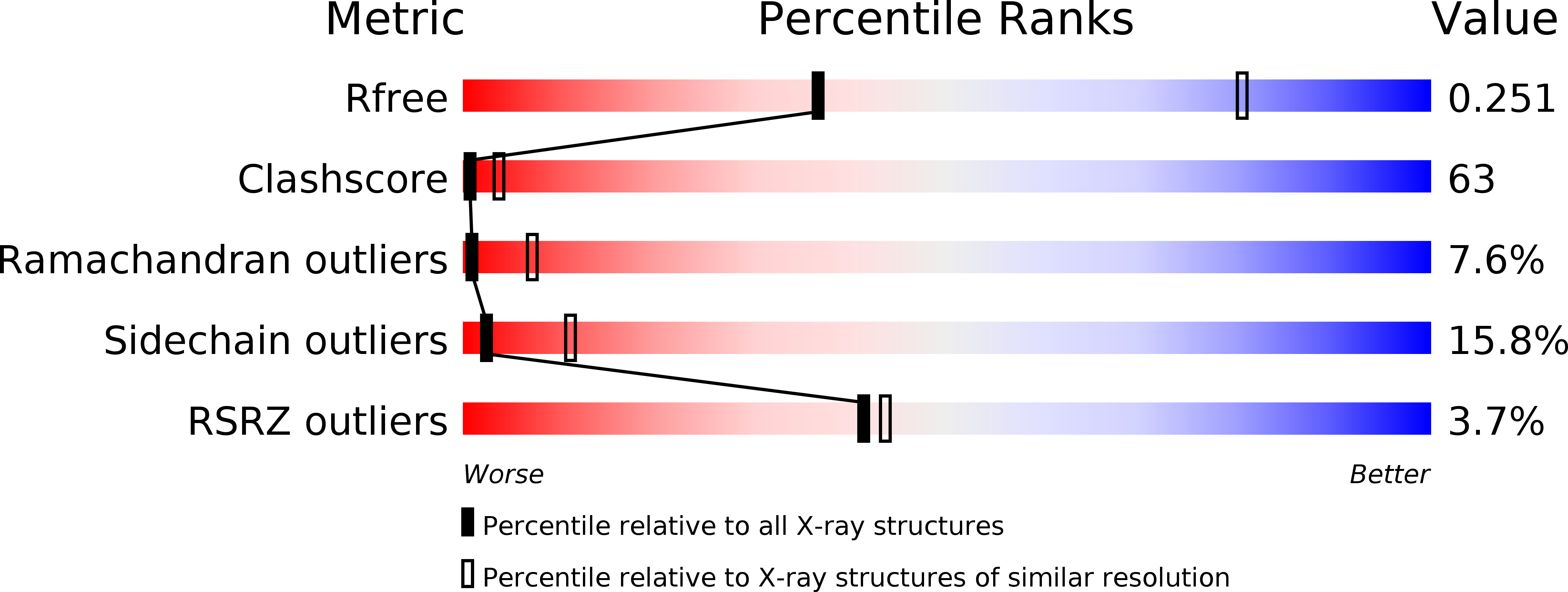
Deposition Date
2004-09-15
Release Date
2005-05-03
Last Version Date
2024-02-14
Entry Detail
PDB ID:
1XFV
Keywords:
Title:
Crystal structure of anthrax edema factor (EF) in complex with calmodulin and 3' deoxy-ATP
Biological Source:
Source Organism:
Bacillus anthracis (Taxon ID: 1392)
Homo sapiens (Taxon ID: 9606)
Homo sapiens (Taxon ID: 9606)
Host Organism:
Method Details:
Experimental Method:
Resolution:
3.35 Å
R-Value Free:
0.28
R-Value Work:
0.26
R-Value Observed:
0.26
Space Group:
C 1 2 1


